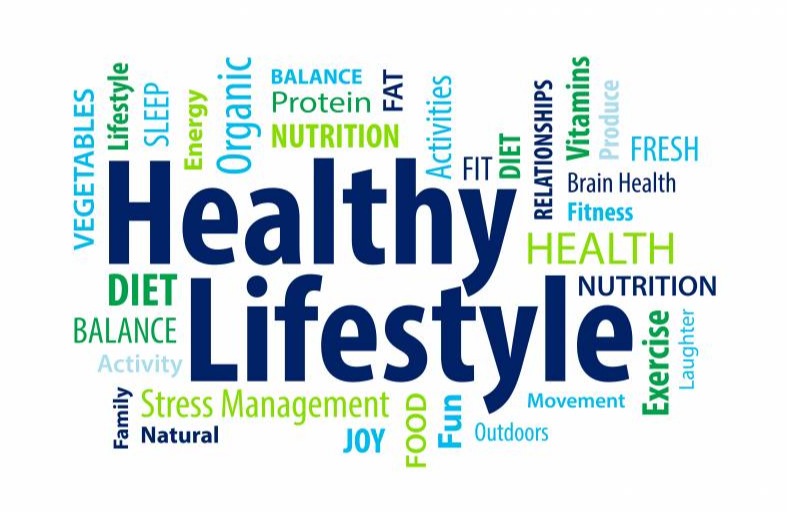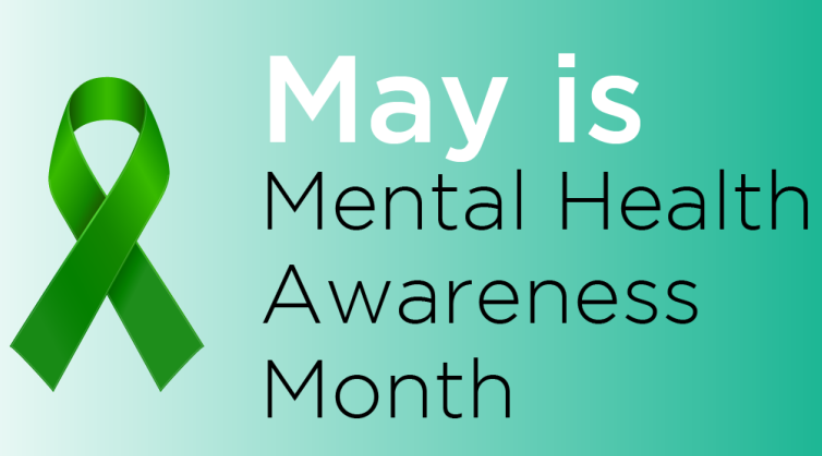May is Mental Health Awareness Month, did you know that?
- Mental Health Awareness month was established in 1949 by the national advocacy organization Mental Health America.
- The stigma associated with it is the most problematic barrier to raising awareness.
- Due to stigma, people often delay seeking help for mental health symptoms for a year or more, according to surveys.
- To help raise awareness, take time to educate yourself on a mental health topic, volunteer, or donate.
“People consistently rank health as one of the most important things in life. Sadly, however, optimal mental health is often not included. It is many times the proverbial “elephant in the room”—we know that it is there, but it makes us uncomfortable to address it.
Stigma, misinformation, and disinformation all create substantial barriers in raising the awareness. We believe that stigma associated, is the most problematic of these. Stigma is defined as a mark of shame or discredit.
In our book, Understanding Mental Illness, we discuss the stigma of the illness and how it impacts those living with it’s conditions. Stigma is a label placed upon people to set them apart, to make them feel ashamed, disgraced, or embarrassed about who they are, often because of factors beyond their control.
What are the consequences of the stigma around mental illness?
“Because of this stigma, people are more likely to discuss physical health conditions rather than mental health conditions with others.
Similarly, they are also more assertive in seeking care for physical ailments than they are for these disorders.
Surveys show that the average time between the onset of the symptoms and the decision to seek care, can be a year or more.
Making a difference in the lives of people suffering, becomes quite difficult when such a delay exists between symptoms and interventions. As with physical health conditions, early diagnosis and treatment, lead to better outcomes.”
The national organization to contact with any questions about this topic, is NAMI. National Alliance on Mental Illness.
- Nationally: In 2020, 21% of U.S. adults (52.9 million) experienced a mental health condition.
- Worldwide: Due to the COVID-19 pandemic, the number of anxiety and depressive disorders grew. Depressive symptoms grew from a base of about 193 million people worldwide to 246 million, which is about 28%. Anxiety disorders grew from about 298 million people affected to 374 million, which is about a 25% increase. Eating disorders grew substantially as well.
- Age group: Young adults ages 18 to 25 in the U.S have the highest rate of experiencing mental health conditions (30.6%), followed by those ages 26 to 49 (25.3%) and adults ages 50 and over (14.5%).
- Race and ethnicity: Each year, these groups experience some of the highest rates of mental health conditions: individuals who are multiracial (35.8%), non-Hispanic white (22.6%), non-Hispanic American Indian or Alaska Native (18.7%) and Hispanic or Latino (18.4%)
With more than half of the United States population experiencing some sort of condition in this field, it’s something to be aware of.
Don’t you agree?
Lastly, most of us know someone close to us or more than one person, who fits into these categories.
Pay attention to the symptoms and and help them get an assessment and the help they need.
My hope is, this article helps even one person.
With love and blessings,
Connie
PS. Here is the website I got some of my information about this topic:







Leave a Reply